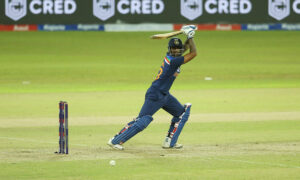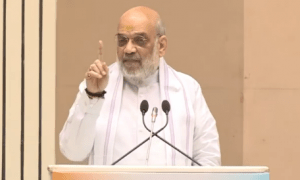As the decade draws to a close, cricket as a sport has seen massive changes – there have been rule changes, there have been new formats, there have been establishment changes. Here in this article, we take a look at the five big changes which gave cricket plenty of new dimensions.
Day-night Tests and a pink ball
With T20s making its presence felt, Test cricket needed to rediscover itself and hence, day-night Tests were conceptualized. The first pink-ball Test was between Australia and New Zealand at the Adelaide Oval on November 27, 2015. This came three years after the International Cricket Council (ICC) approved it.
India joined the bandwagon when it hosted Bangladesh in a day-night Test at Eden Gardens in Kolkata in November 2019.
Two new balls from each end
Two new balls were introduced in 2011, and while it was believed that it would favour the bowlers, it has only ended up skewing the balance in the favour of the batsmen as it took away reverse swing and allowed the batsmen to constantly be on the attack.
Free hit
In T20s, there was a free hit when a bowler over-stepped and then it became a part of ODIs back in 2015. Now, there is a free hit for all kinds of no balls.
Concussion replacements
This was introduced after it was trialled for two years in domestic circuit for the first time during the Ashes this year. Steve Smith was hit in the neck by a bouncer from Jofra Archer – he was replaced by Marnus Labuschagne and thus, concussion substitutes finally became part of the international cricket.
No more runners
This was introduced on October 1, 2011 and ever since, batsmen have never been allowed to use runners even when they are suffering from cramps or external injury.




























 WhatsApp us
WhatsApp us